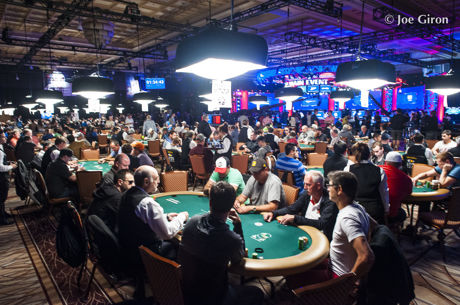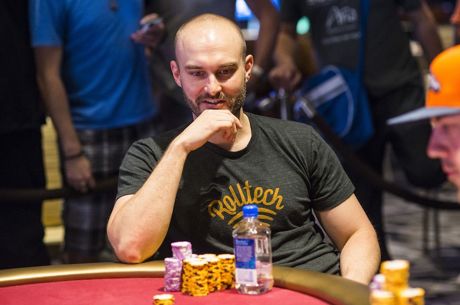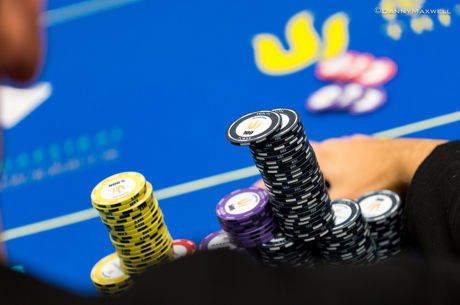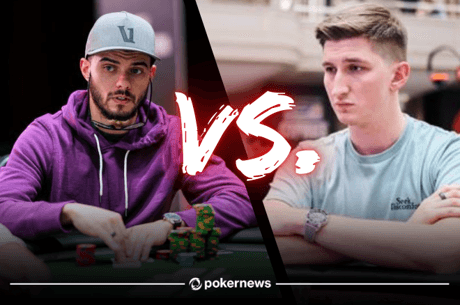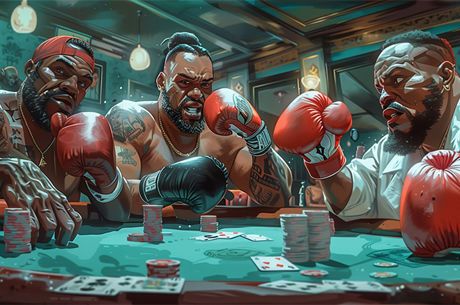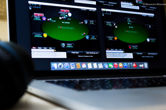Flopping Top Two Pair and Trying to Get Value
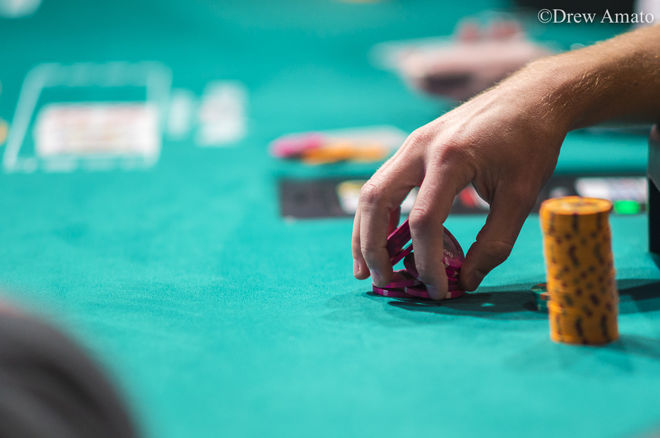
Here's another interesting educational hand from a $2,100 no-limit hold'em tournament.
The blinds were 150/300 with a 50 ante, and the effective stacks around 11,000. A player in the hijack seat raised to 800, and it folded to me in the big blind where I was dealt A♥J♠.
In the video below I discuss pros and cons of three-betting with a hand like ace-jack — it depends both on your opponent and on what kind of three-betting range you have. I typically would just call here when heads-up versus an unknown player, and that's what I did in this case.
The flop was great, coming A♦J♥4♣ to give me top two pair, and I checked. My opponent bet 1,300 into the 2,200 pot, and the question at this point for me was whether to raise or call. Notice in the discussion I talk about what hands I might bluff-raise with in this spot as well as how I want to play this particular hand.
I ended up check-raising on the small side to 2,800, and my opponent called, bringing the pot to 7,800 (a little more than what we each had behind).
The turn was good for me as well — the 2♦. Now the question was whether to bet small or go all in. Take a look and see what I decided to do and what happened, and hear my discussion of both my decisions and my opponent's:
It's nice to flop top two pair and even nicer when your opponent decides not to fold. More importantly, in this hand my opponent decided to raise the turn with only top pair, which is often an error — especially against a range like mine that should contain mostly strong made hands.
How would you have played my opponent's hand here? Let me know in a comment below.
Jonathan Little is a professional poker player and author with over $6,500,000 in live tournament earnings. He writes a weekly educational blog and hosts a podcast at JonathanLittlePoker.com. You can follow him on Twitter @JonathanLittle.

